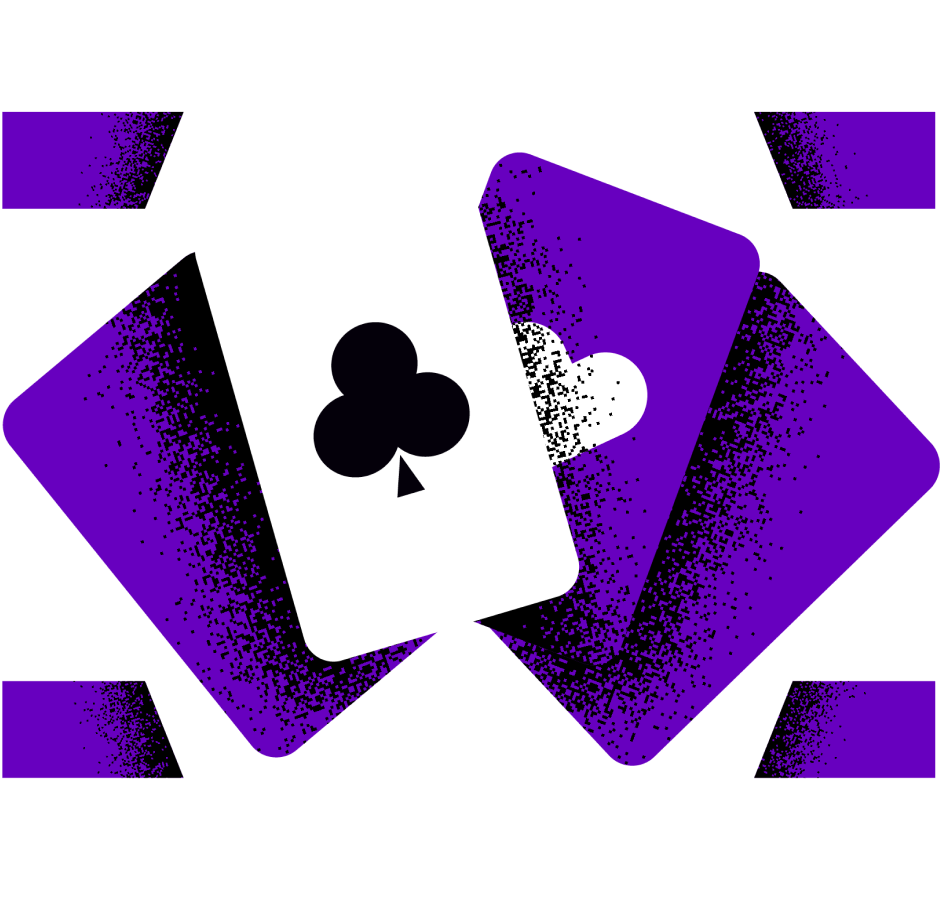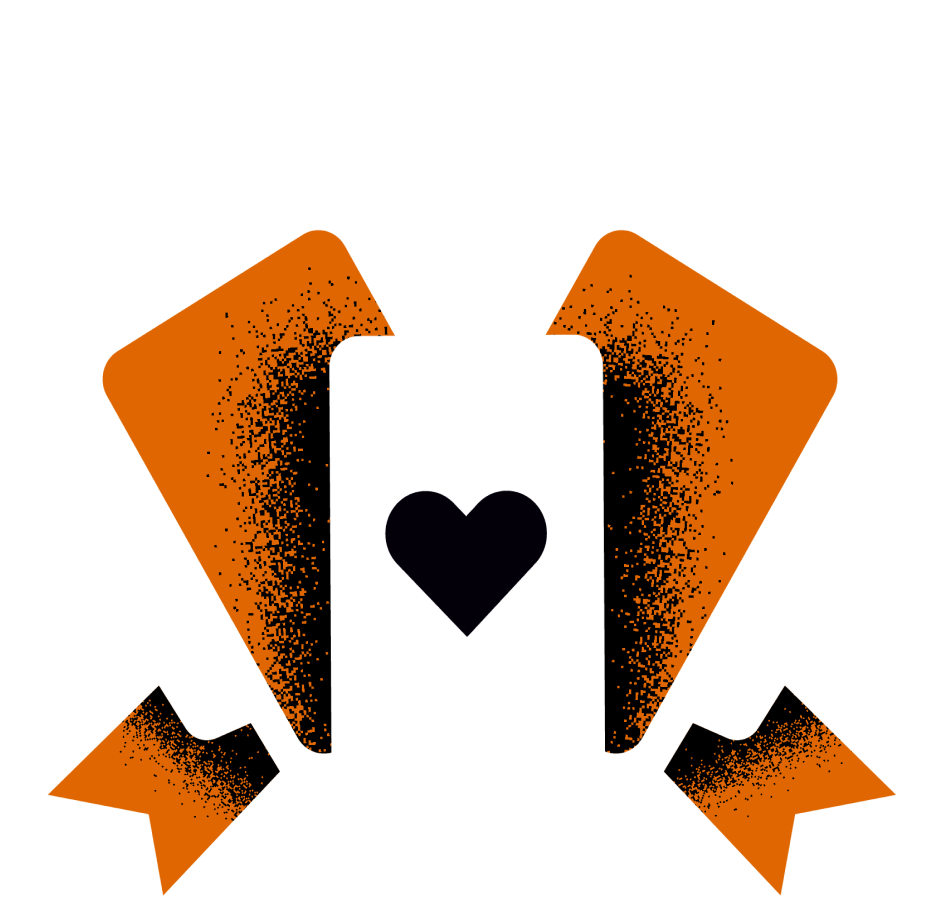Aggressiveness in Poker (Playing Level)
Welcome to my personal blog for CoinPoker! After playing and placing In-The-Money in the most recent NLH One Million Freebuy tournament, I wanted to prepare a special series about aggressiveness in poker. As such, we are taking a momentary break from the blogs about best openings in Open Face Chinese Poker in order to go back … Aggressiveness in Poker (Playing Level)
Strategy
Welcome to my personal blog for CoinPoker! After playing and placing In-The-Money in the most recent NLH One Million Freebuy tournament, I wanted to prepare a special series about aggressiveness in poker. As such, we are taking a momentary break from the blogs about best openings in Open Face Chinese Poker in order to go back to the roots of No Limit Hold’em play. Shuffle up and deal!
Aggressiveness is a good thing but there is a “but”…
As we saw last week in the first part about aggressiveness in poker, it’s a common belief in the Hold’em Poker world that you have to be very aggressive in order to win. However, in order to know how aggressive one should be, there will be a few factors needed to be taken into consideration:
What is your poker level?
Did you know that adjustment is the key?
Are you in a “Bully the bully” situation?
Do you show signs of lack of aggressiveness?
Remember that the game keeps changing!
Let’s start by analyzing how your poker level should impact your aggression factor.
A beginner who gets in a hand will not necessarily know how to identify and analyze various flop textures.
With an over pair for instance, a good player will not play the same way every time; his moves will depend on the flops. If he has a pair of kings and the flop comes rainbow with no draw, he will usually use the “check button”.
Nothing seems to be scary, except an undetectable three of a kind, of course. However, with a flop without aces but offering other connecting cards or a flush draw for example, he will need some protection and will likely make a bet to prevent the other player(s) to get a free card.
That’s explained because the player with King Kong (the two kings) would be in a tricky position on the turn if another straight or flush card appears.
A beginner player is often not yet capable to express this kind of subtlety. An even more obvious example can be given with the pre-flop game.
If you are facing a good player and you are a beginner, it’s very likely that she or he will want to play you post-flop, because she/he’s just better than you and will know how to exploit your weaknesses.
If you have the same pair of kings for example, and the flop comes with an ace, you will frequently be afraid and imagine right away that your opponent has an ace, which is a thinking process many amateur players have; they always imagine the worst and think that their opponent has the Nuts every time.
So, the good player will bet a lot of times this flop (even if he doesn’t hold an ace), because he knows the beginners will fold theirs kings, queens, or jacks while a more experienced player would certainly not fold on one bet and will call to see the turn, or even use the “Check Raise” technique. Here comes the strength of aggressive plays.
If a beginner player is afraid to get his kings cracked, well, nothing prevents him from playing very aggressively pre-flop and making a big sizing bet or even an “All-in” move.
This will make his opponent fold most of the time. It’s obviously not the optimal strategy, but it’s still the best strategy for a beginner. Of course, he’s going to win smaller pots this way, but this is always better than losing big ones by not being aggressive enough pre-flop.
The better you are, the more you can play in an aggressive way, but that being said, some very good players are not playing aggro. Indeed, being aggro is not a systematic strategy. Let’s see why next week!
Rendezvous next week for the continuation of these series of tips on Aggressiveness in Poker!
Meet me at the tables on CoinPoker to practice your skills and enjoy the action. Open yourself a CoinPoker account today!
Follow us on Twitter, Instagram, or Facebook.
Isabelle “No Mercy” Mercier
WPT Champion
OFC “Progressive” World Champion
Read the previous part here: Aggressiveness in Poker (Part 1)
Read the next part here: Aggressiveness in Poker Adjustment Factor
Explore More
CoinPoker
The best crypto poker room available. Play poker anywhere in the world through coinpokers app or desktop application. You will find an extensive poker game selection available
5 PostsHelp
Need help understand Crypto poker, how to deposit or withdraw crypto at coinpoker or create a coinpoker account, then this is the place
1 PostsNews
Find the latest poker news from coinpoker. Updates about games, promotions and other exciting crypto news.
130 PostsPromotions
Find the latest coinpoker promotions here. Explore the crypto poker world with the best poker promotions available.
51 Posts
















